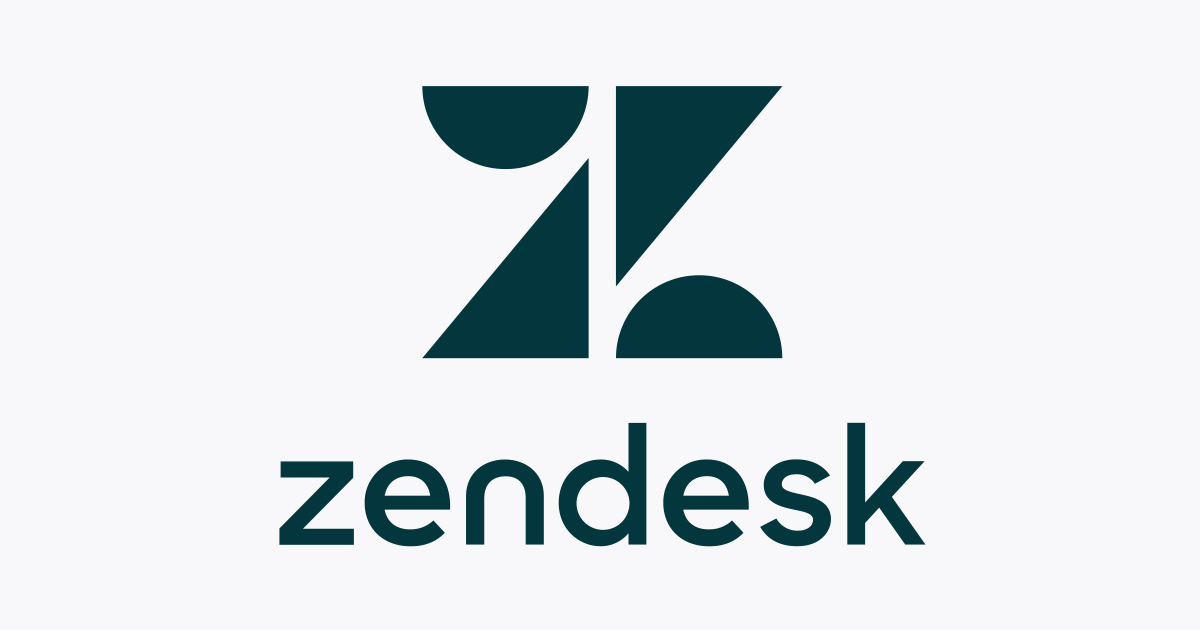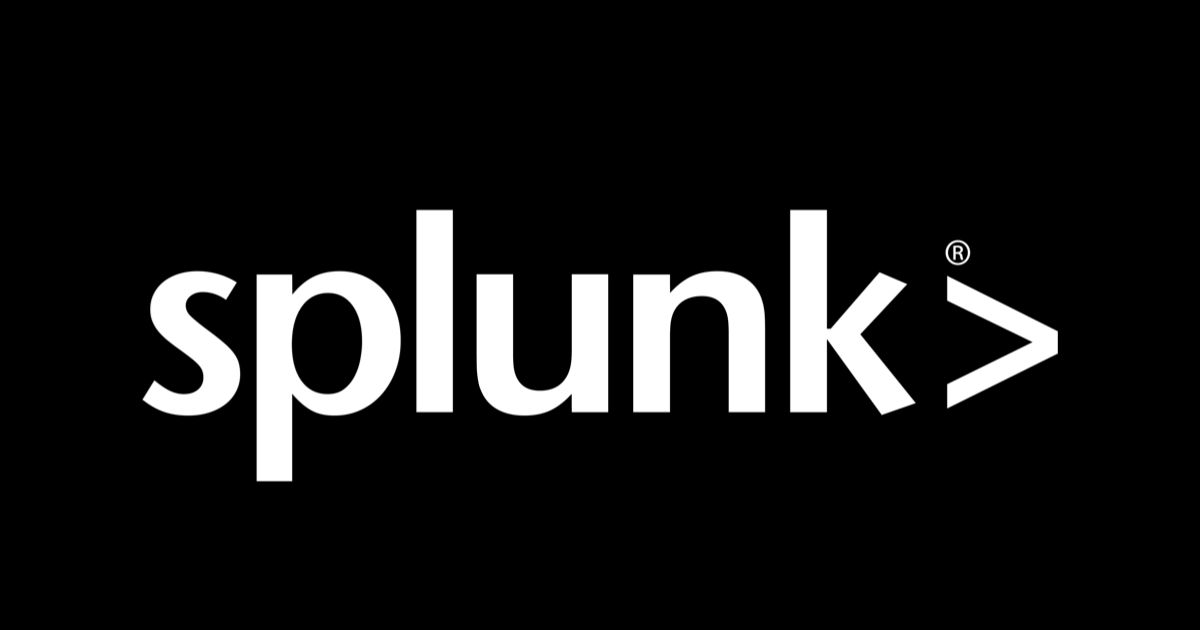
I attended a session 「5 steps to get started with Automation for Customer Support」
Introduction
Hemanth of Alliance Department here. In this blog, I'll be writing on "5 steps to get started with Automation for Customer Support" session in the "Steps to AI Success" Webinar organised by Zendesk. AI has gained traction thanks to ChatGPT as customers are getting excited about artificial intelligence, business leaders are aware of AI's capabilities, and trust in AI is growing faster.
Speaker for the session
Antje Gallo, Head of Enterprise Customer Success Ultimate
Steps to success
Design your goals
Most companies have common goals when the topic of automation pops up. Frequent use cases in automation are
- Offering Multilingual Support Automation makes it easy to support in multiple languages. Expanding to new markets or building support in a new language without hiring more agents automation can play a big role in this.
-
Reducing average handle time (AHT) It can help agents resolve support requests in shorter time. In case of an escalation, automation can collect the data upfront so that human agents will have all the information they need.
-
Offering 24/7 Support Providing support outside corporate hours. Instant support round the clock, serving customers in different timezones hence reducing backlog which occurs during outside office hours.
Assemble your team
Take time to set your team up for success. An interactive onboarding program would be best as it would be helpful when your solution is up and running. It could be quite busy at the start but slowly eases up as time passes by. Make the best of your skill sets in your team to build a strong foundation for automation.
Typical scenario is to involve these 2 people in team along with others
- Project Owner - To set and track goals this can be customer support team lead or product owner.
- Customer service expert - Designing the virtual agent to best reflect customer service requirement.
Seamlessly integrate your tech
Automation should work were the agents work. Agents need not learn new system and cutomers can receive support on the channels they are usually using. Having the ability to seamlessly integerate the automation solutions into existing deck means to connect front office to back office. This inturn results in better workforce, fast moving solutions and more personalised customer service.
Obtain Customer pain points
Always start with automating simple requests from end to end. These requests can be entirely resolved by the virtual agent with no human involment and what customers are asking more frequently. This can be solved with AI. The AI powered tools will go through past support interactions and label the data to categories. These are mostly frequently answered FAQ questions. Leverage AI to plan, proritise and then build the data map thus deciding on what to automate first.
Intelligently design your virtual agent
Most of time automation can go live within 2-4 weeks depending on the channel that needs to be automated. Interactive onboarding conisting of :
- Process Mapping
- Conversation design
- AI training
Conclusion
If you plan for automation then always start it from help center if you have it. Then go with tickets automation. Move on to the chat automation. Thus resolving requests instantly and on the clock. Communicate in all channels asynchronously with automation. Thus getting help whenever and whereever. This the overall journey of automation.

![[GAS]オンライン英会話の予定を自動でGoogleカレンダーに登録・削除する](https://devio2024-media.developers.io/image/upload/v1719917778/user-gen-eyecatch/snavg0twwolsxuxgzzmk.png)





